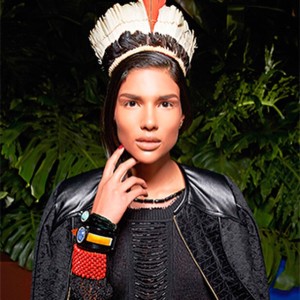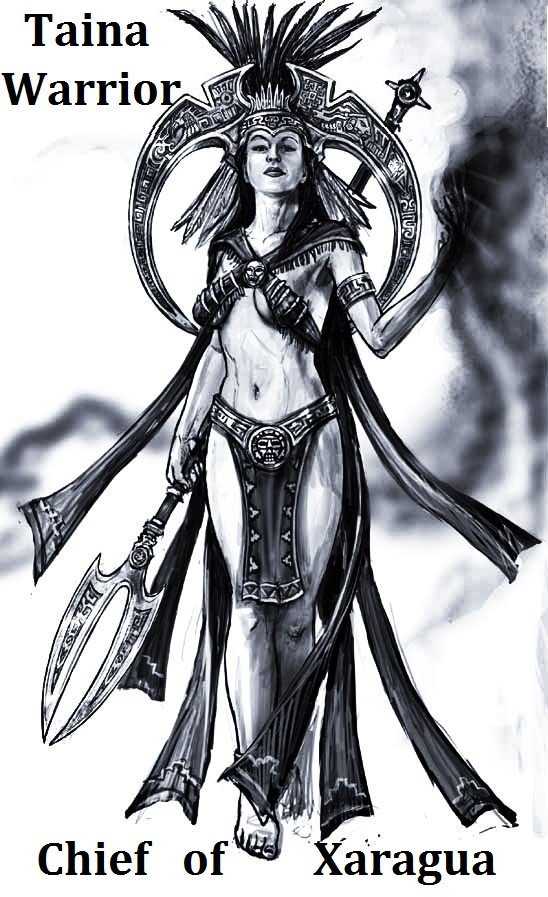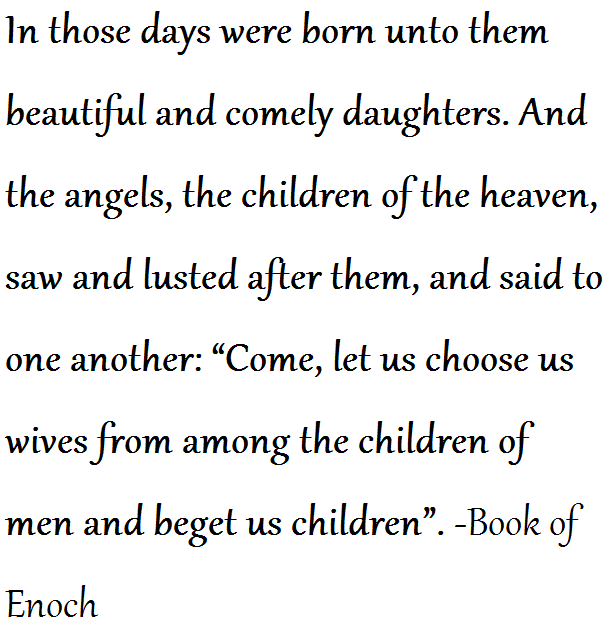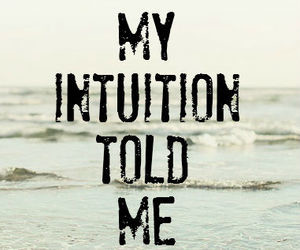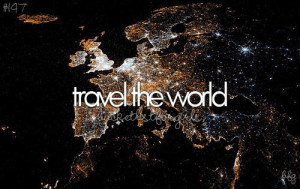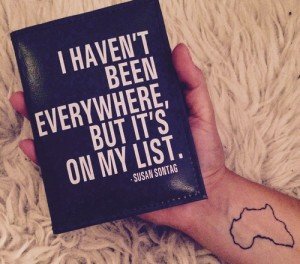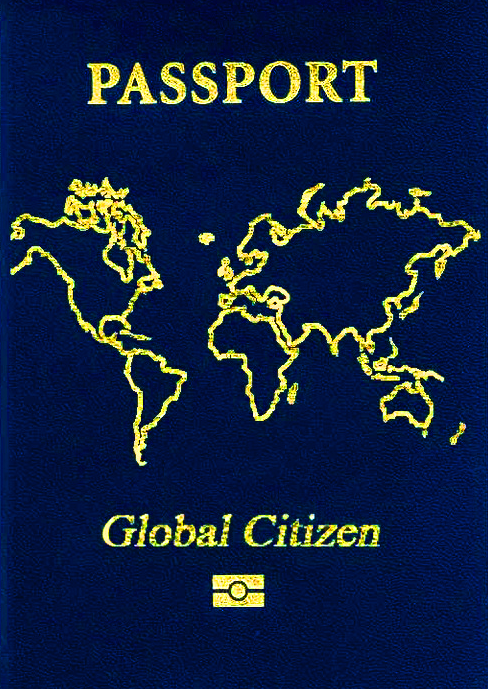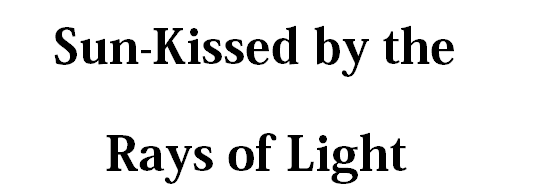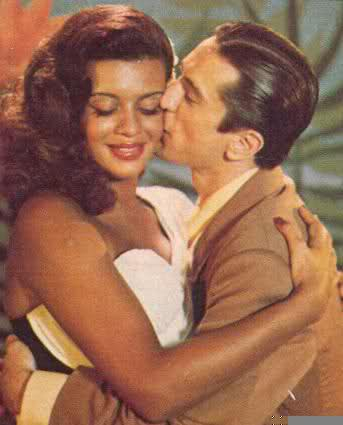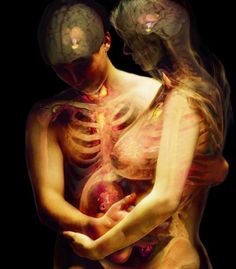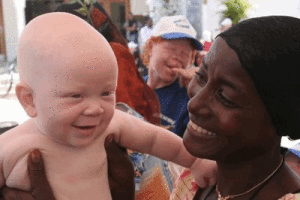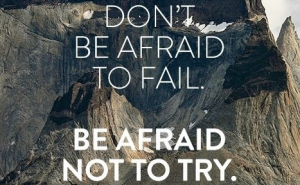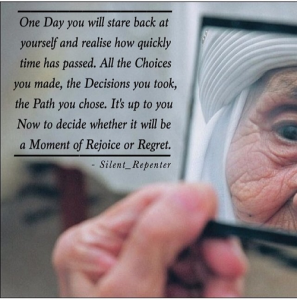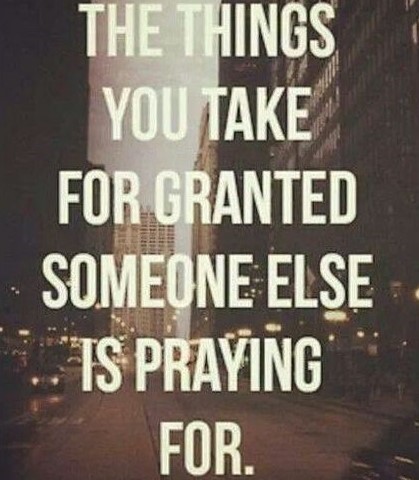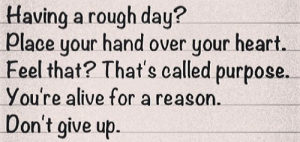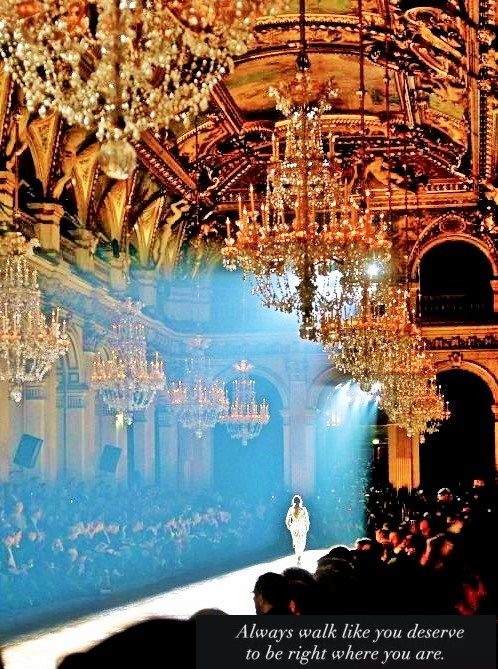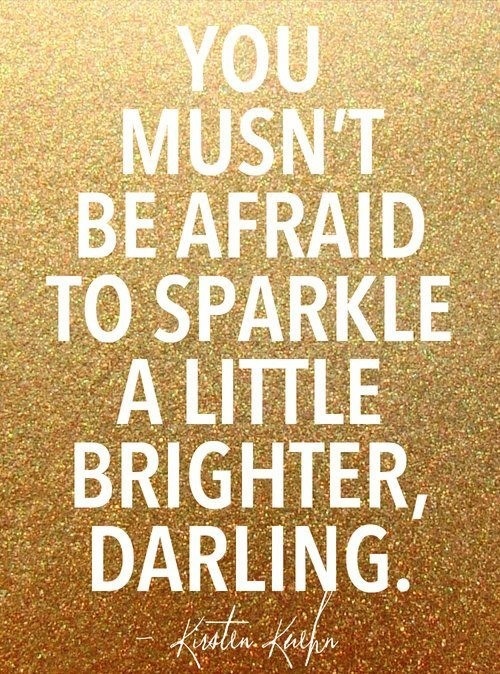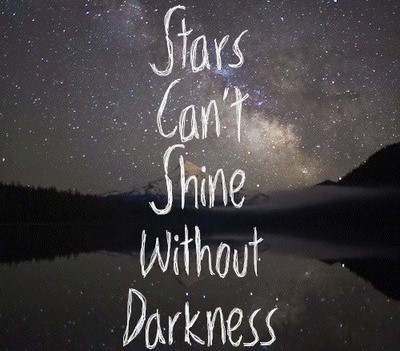An introduction to a photo book by German-Iranian photographer Mahdi Ehsaei depicting the little known minority of Afro-Iranians in South Iran in fascinating portraits.
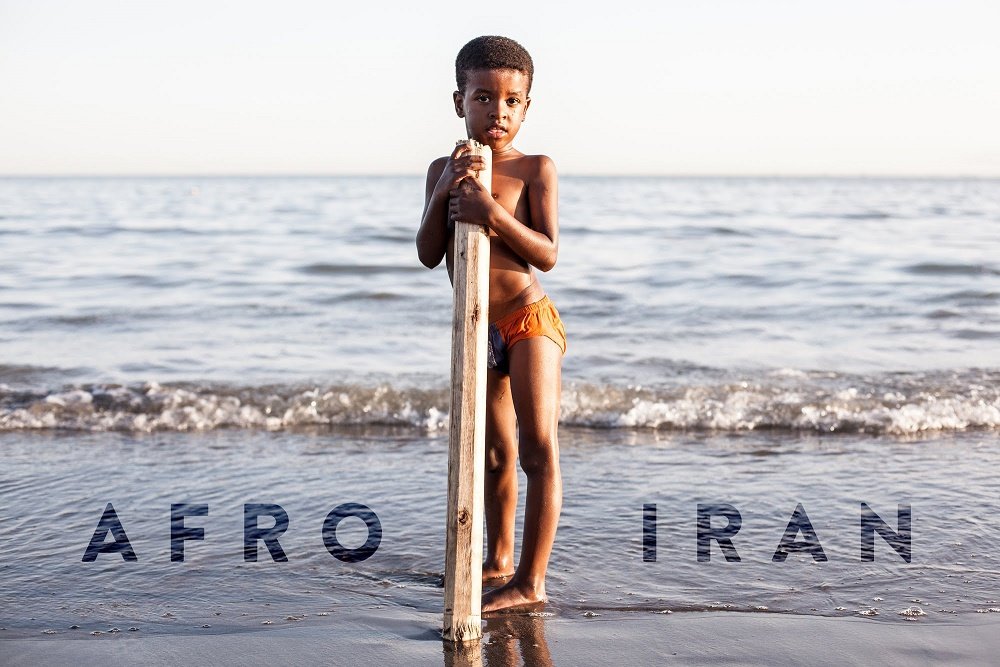
Afro-Iran shows a side of Iran, which is widely unknown even to Iranians: a minority of people who influenced the culture of a whole region by continuing their African heritage with their clothing style, their music, their dance and their oral traditions and rituals. I set out to the Hormozgan Province in the Persian Gulf to shed some light on this part of Iran, which is home to the descendants of enslaved people and traders from Africa.
The traditional and historical region with one of Iran’s most ethnically diverse populations is framed with unique landscapes. The photo book shows fascinating portraits which are not typical for the common picture of Iran. ‘Afro-Iran’ reveals details documenting a centuries-long history of a community, which is often overlooked in Iran’s history, but which has even shaped the culture in Southern Iran.
Follow this link to support the project: http://kck.st/1PIgEv8
Images from Afro-Iran Book
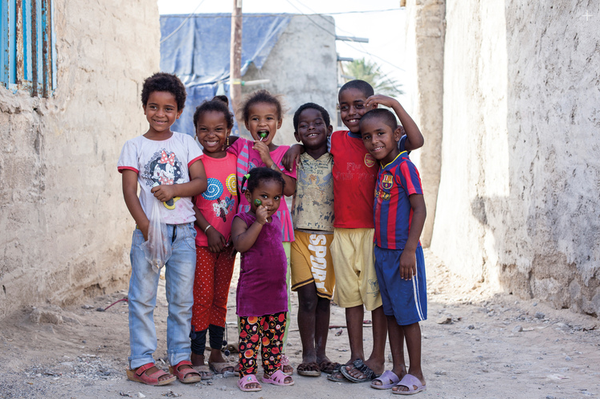
This photographic series by German-Iranian Mahdi Ehsaei (b. 1989) shows a side of Iran, which is widely unknown even to Iranians: a minority of people who influenced the culture of a whole region by continuing their African heritage with their clothing style, their music, their dance and their oral traditions and rituals.
more: artbooksheidelberg.de/html/en/program/detail.html?ID=920
In seiner Serie Afro-Iran stellt der deutsch-iranische Fotograf Mahdi Ehsaei (*1989) eine Facette des Iran vor, die selbst Einheimischen weitgehend unbekannt ist: Im Süden des Landes gibt es eine ethnische Minderheit, die das Erbe ihrer afrikanischen Herkunft in Kleidungsstil, Musik und Tanz sowie in ihren mündlichen Überlieferungen und Ritualen bis heute aufrecht erhält und so die Kultur der gesamten Region beeinflusst hat.
mehr: artbooksheidelberg.de/html/de/programm/detail.html?ID=920
Notable Afro-Iranians
- Abdolreza Barzegari, footballer.
- Ali Firouzi, footballer and coach.
- Ibrahim ibn al-Mahdi, Caliph of Baghdad and son of an Afro-Iranian mother.
- Mehrab Shahrokhi, footballer.
- Shanbehzadeh Ensemble, Iranian folk band.
Southern Iran
Africans in southern Iran appear sporadically in the historical record until the 17th century. By that time, the evidence of those serving in military capacities becomes more regular. In 1622, Africans helped the Portuguese during an Anglo-Persian attack at Hormuz. Enslaved Bantu threw firebombs from their ramparts onto English and Persian forces who were trying to gain access to the strategically located fortress on the Gulf Coast. Although the Portuguese lost Hormuz, the record of Africans defending them remains. Africans also defended the interests of the Dutch and British, as well as of indigenous rulers.
People from Eastern Africa were brought to Khuzistan in southwestern Iran to work in sugarcane plantations. African males were sometimes employed in households as nurses; and some commanded a certain degree of respect for teaching a range of subjects, including science and good manners, to the children of nobility. Females were employed as wet nurses and nannies. Many also served as concubines; under Islamic law their own children, called khanazad (house-born), became members of the slaveholder’s family.
Africans also served as minstrels, stone breakers, woodcutters and bodyguards, and worked in royal courts. Shah Sultan Husayn, on visiting the markets at Isfahan, purportedly brought some 200 eunuchs as part of his retinue, half of whom were black. Some Africans rose to positions of authority during the early 18th century. In 1717 an African named Ya’qub Sultan became the governor of Bandar ‘Abbas, the principal port serving central and southern Iran.
Countless African boys were castrated as they were sold into slavery; only a minority survived the operation (most bleeding to death or dying from complications). Those who became ghulams—soldiers and bodyguards of princes—were a select group, and some gained close access to the highest levels of Persian society. In 1821, the African Ali Akbar Khan served as the commander of the ghulams at the court of the Shiraz prince. As in other parts of the Middle East, eunuchs were particularly valued as harem guards.
Although Africans were brought to Iran over the course of several centuries, as elsewhere in the western part of the Indian Ocean world, the number increased during the 19th century as the trade in Georgians and Circassians became limited in 1828 due to the Russian military victory in northern Iran and the treaty that followed. A sharp rise ensued in the enslavement of fellow Persians—in particular, Baluchis and Khorasanis—and a renewed demand for Africans.
Lingah, Bushehr, Bandar ‘Abbas and Qeshm Island became the major slave trading ports for Africans during this period. In 1842, more than 1,200 Africans disembarked, in addition to hundreds of men and women bought and brought by Iranian pilgrims on their return from Mecca and Karbala (a holy site for Shia Muslims). Along the coast, Hormuz had a sizable African population, coming mainly from Madagascar.
Resistance to slavery among Afro-Iranians, largely in the form of flight, rose as abolitionists began to apply pressure from within and from outside Iran. Instances of marronage grew in the early 20th century; and it was not until that time that the Gunabadi, a group of the Ni’matullahi Sufi order, called for emancipation by issuing a fatwa.
After slavery was abolished in 1928, Africans and their descendants formed their own distinct communities, where they continue to celebrate and commemorate their heritage through music, dance, and passing along their oral history. The settlements of the descendants of the people who mostly arrived in the 19th century may be seen along the Gulf Coast today. They include Zanjiabad and Deh-Zanjian in Baluchistan and Kerman Province, as well as a black community near Bandar ‘Abbas comprising Africans who worked as either sailors or agricultural workers on date plantations.
As in Oman, Dubai and Kuwait, Africans and their descendants in Iran practiced spirit possession (zar). Additionally, they had ceremonies, such as liwat, gowa and al-nuban, serving specific purposes—almost always having to do with driving out or appeasing spirits, usually African, that traveled with the wind. In southern Iran, spirits in general are referred to as pepe (from pepo in Swahili); some are called mature (from matari in Swahili); yet others denote African origins further inland, such as chinyase (from Cinyase, the language spoken by the Nyasa in southern Malawi).
–exhibitions.nypl.org/africansindianocean/essay-persian-gulf

 Fascinating movie spans the globe to reveal recent discoveries about water, the most amazing yet least studied substance in the world. Witness as researchers, scientists, philosophers and theologians try to understand this unique liquid and all [...]
Fascinating movie spans the globe to reveal recent discoveries about water, the most amazing yet least studied substance in the world. Witness as researchers, scientists, philosophers and theologians try to understand this unique liquid and all [...] 
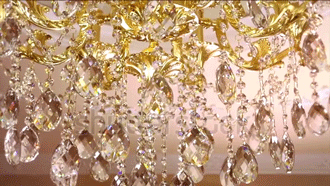




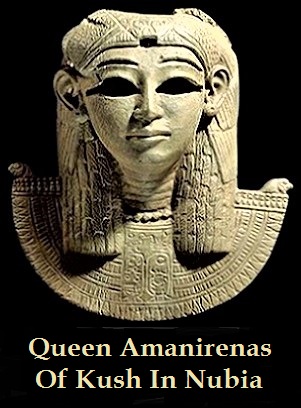
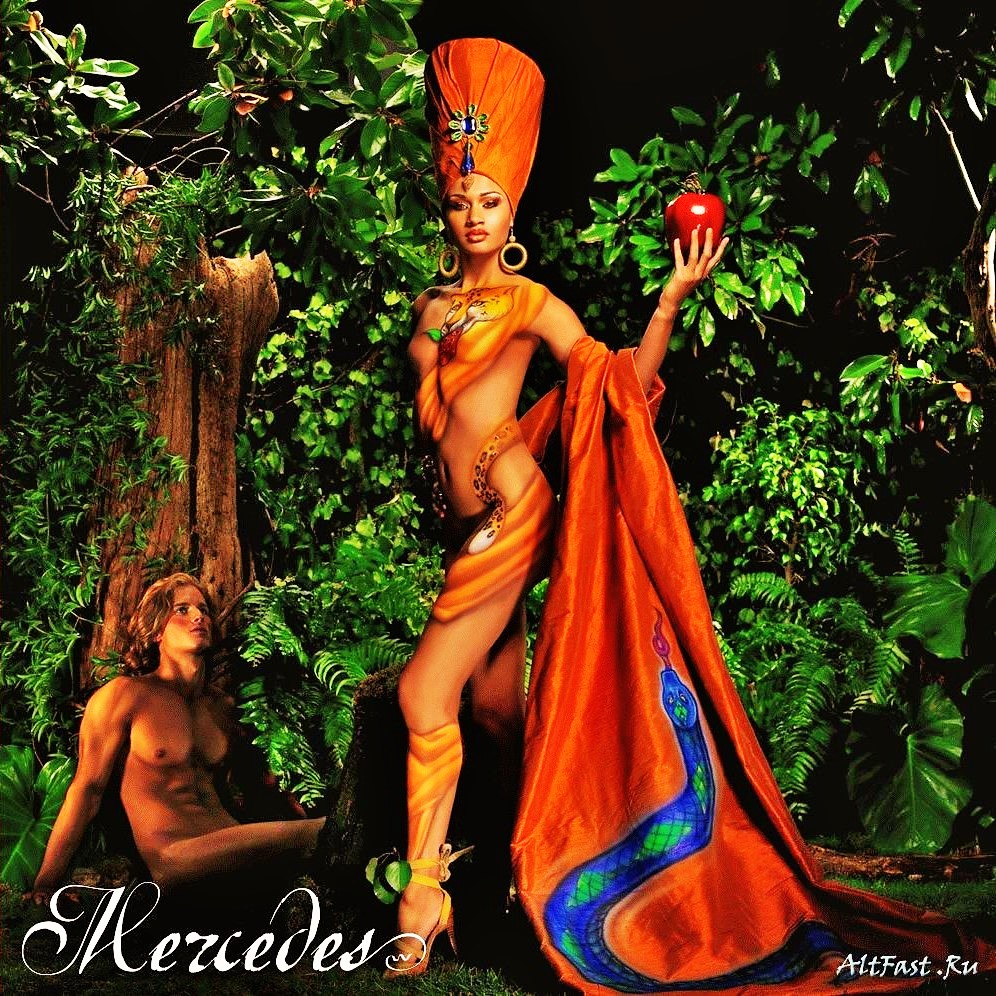

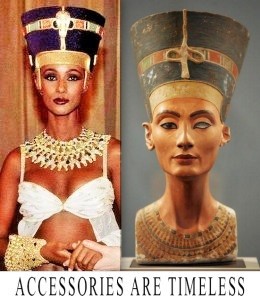
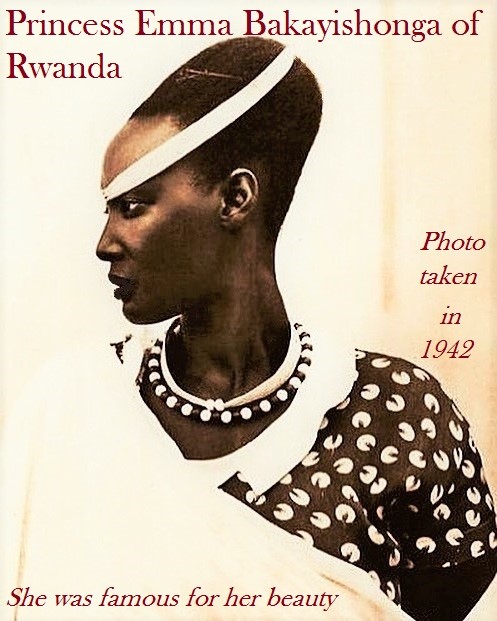
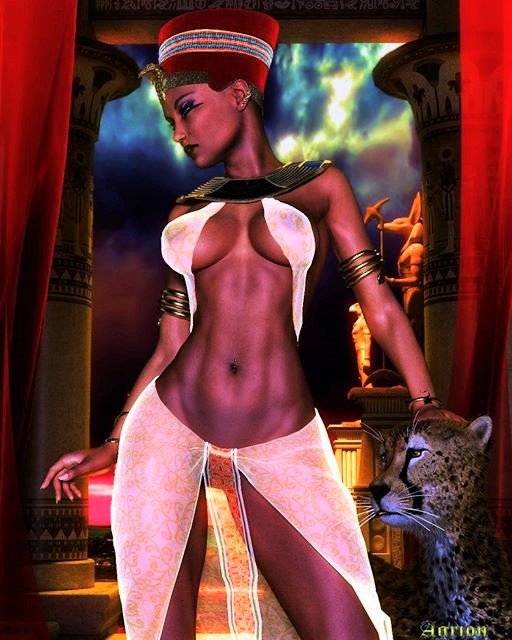
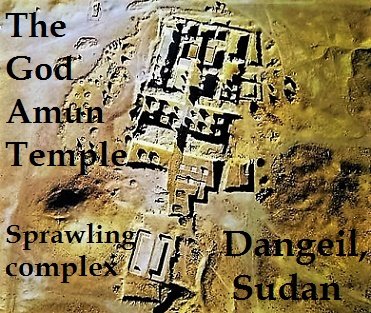
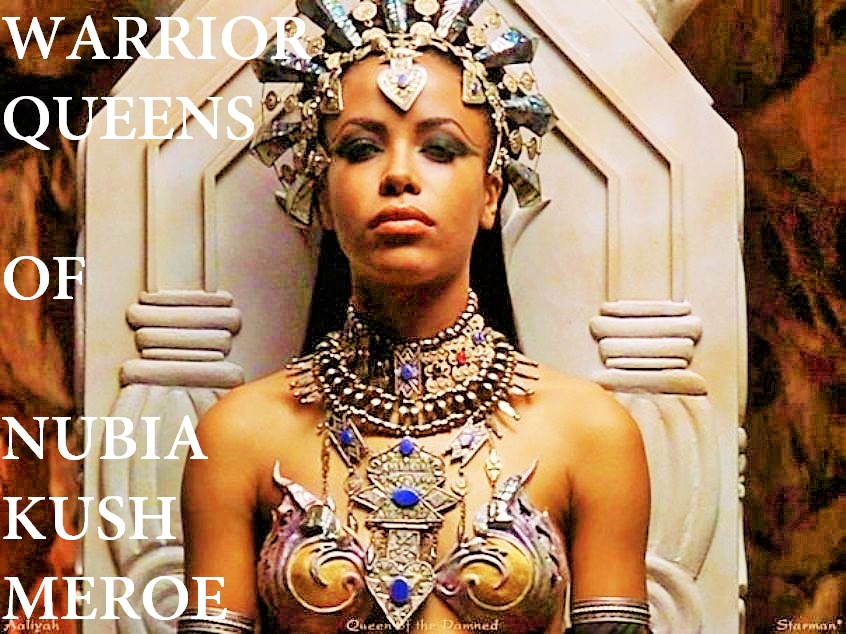
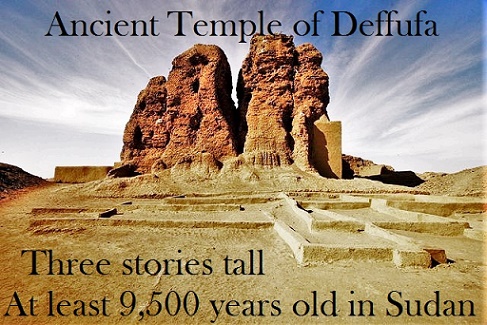
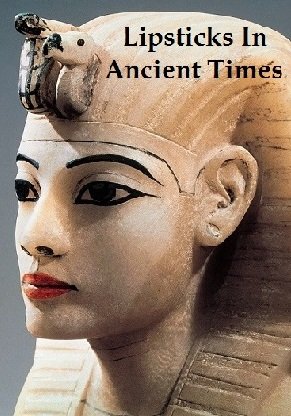
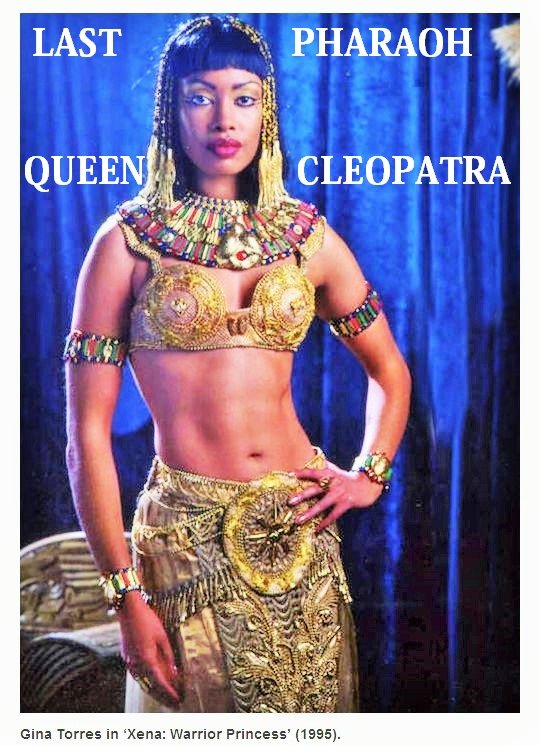
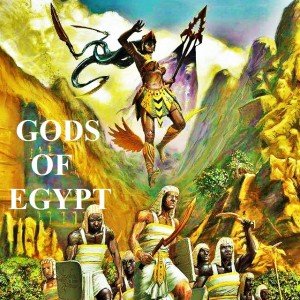

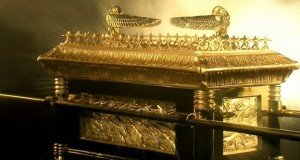
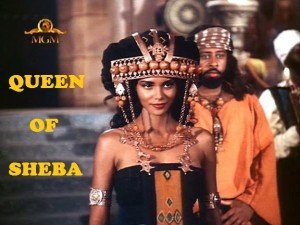
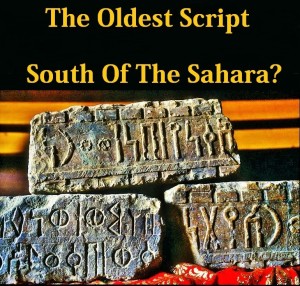
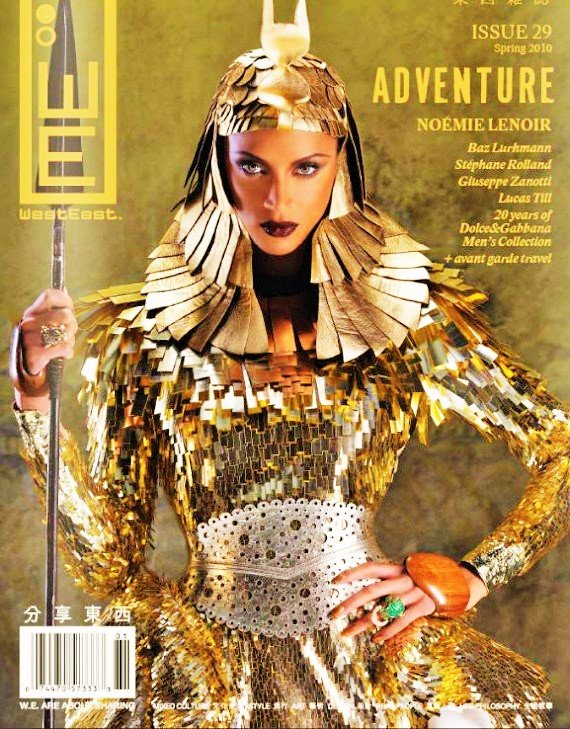
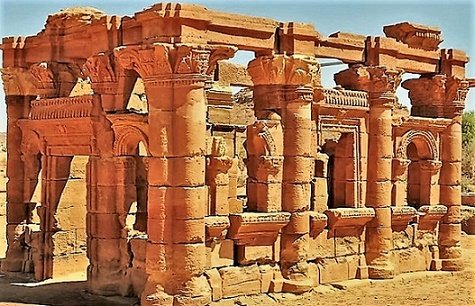
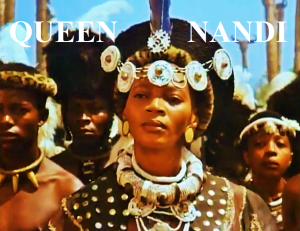
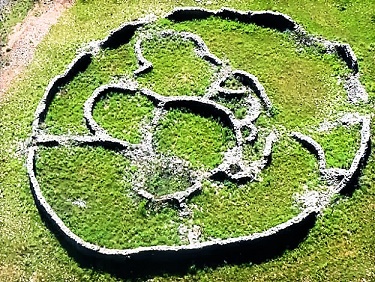
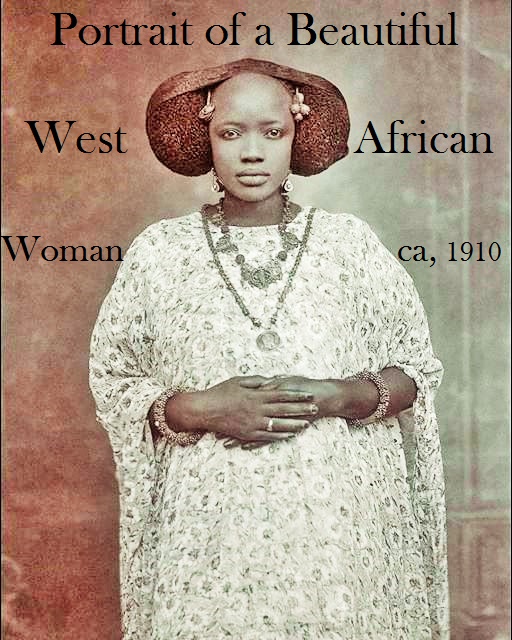
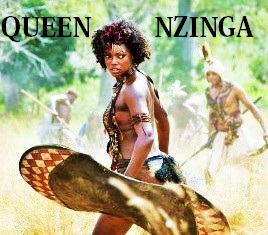
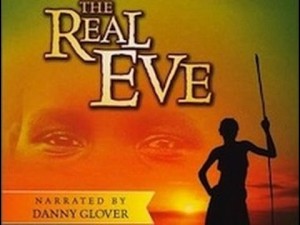
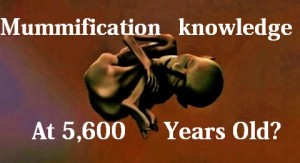
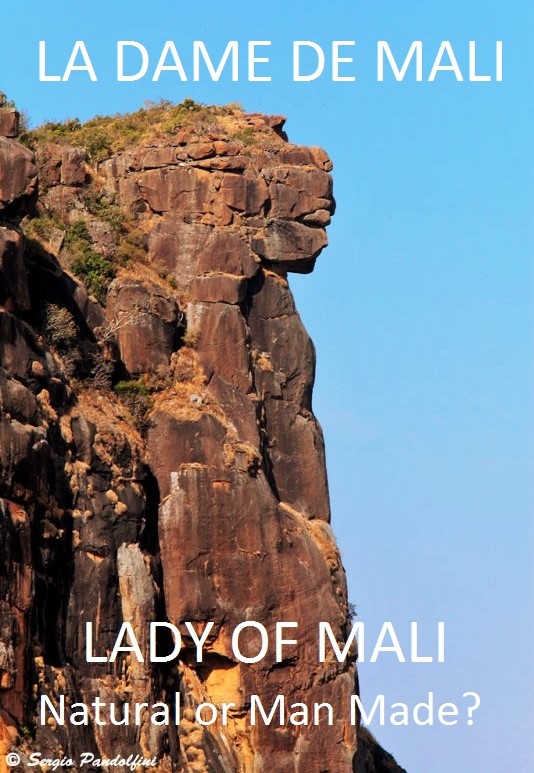

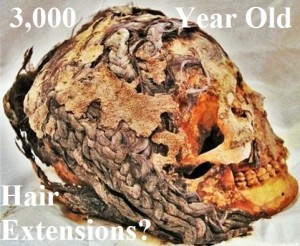
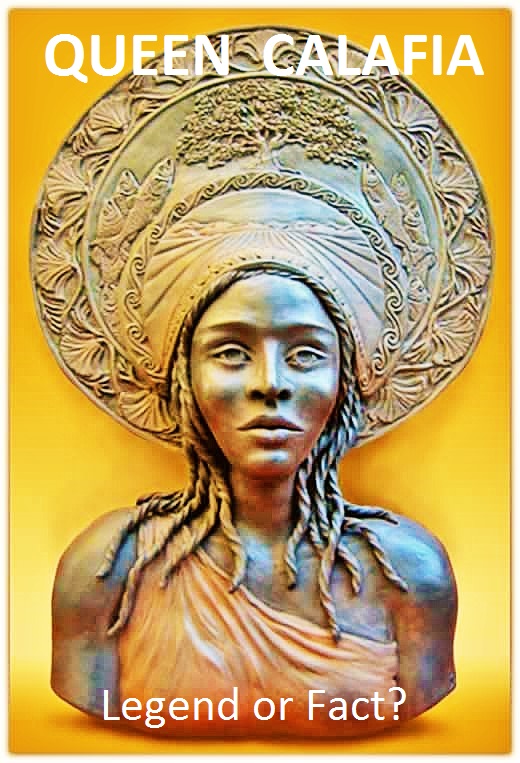
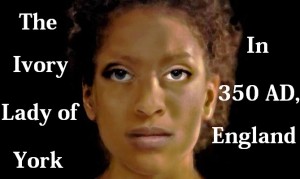
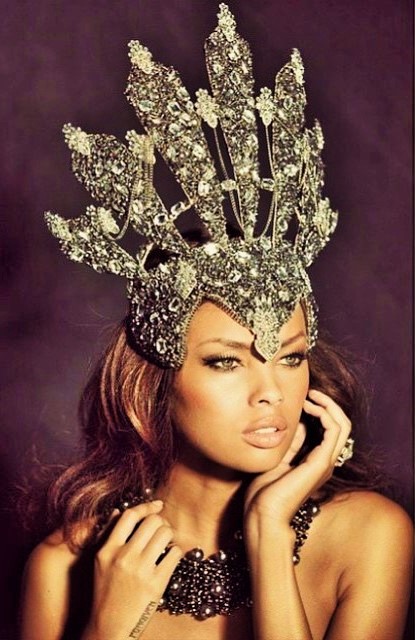
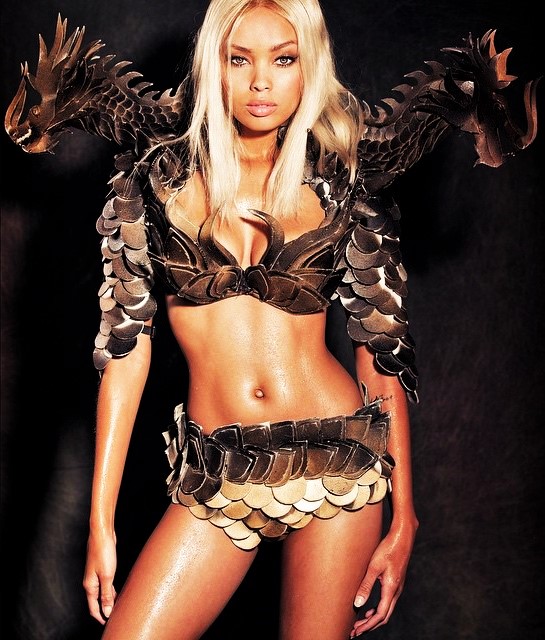


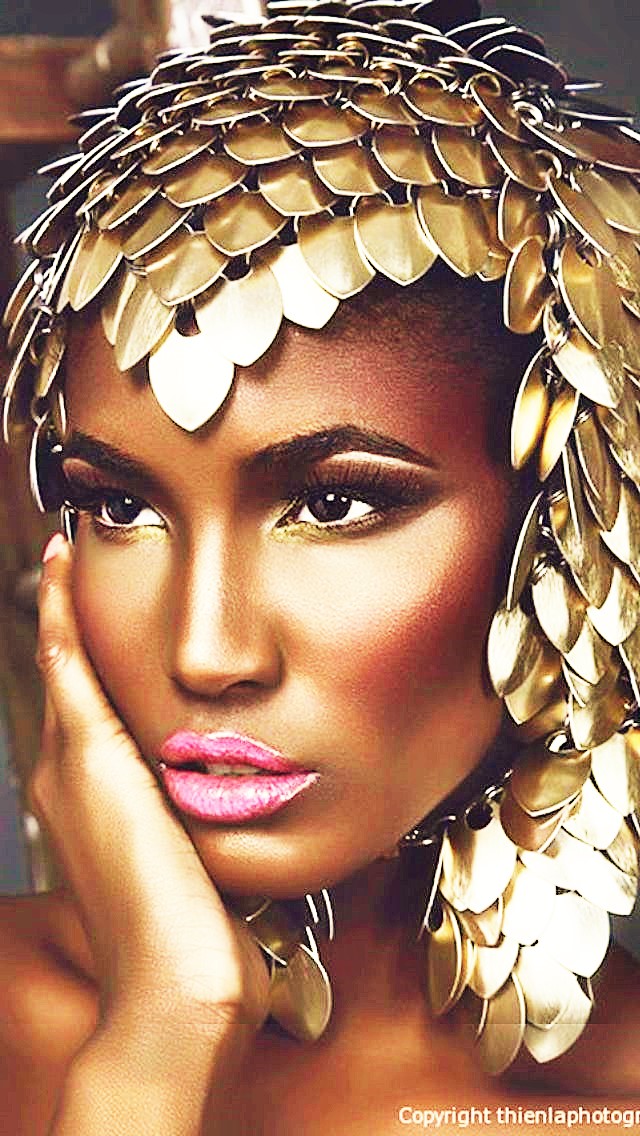
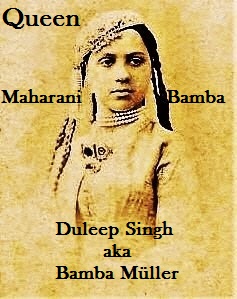
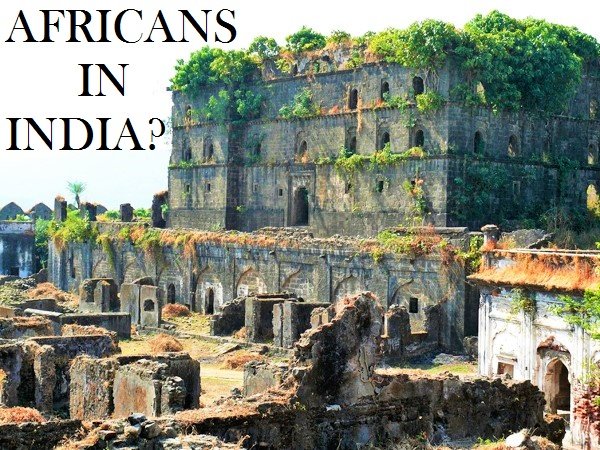
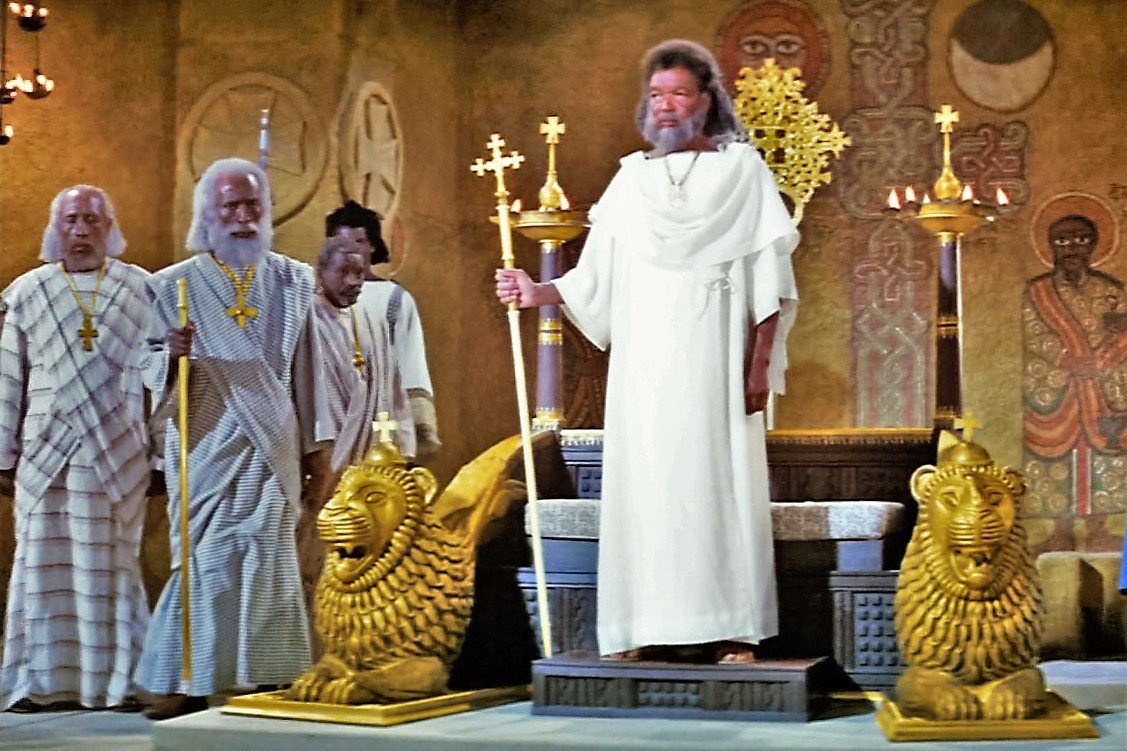
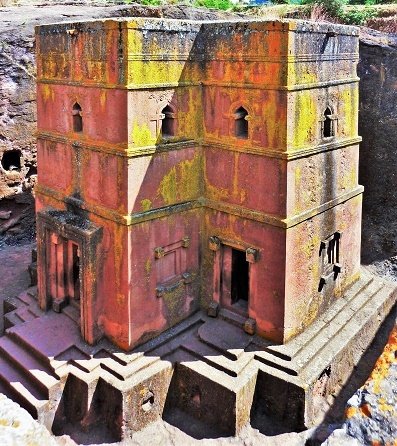
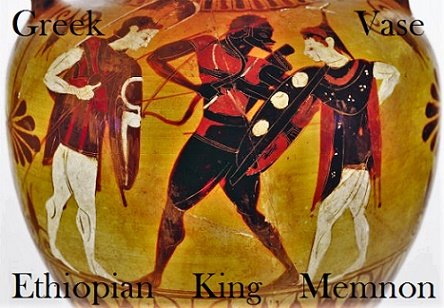
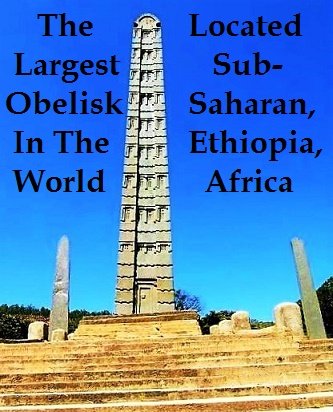
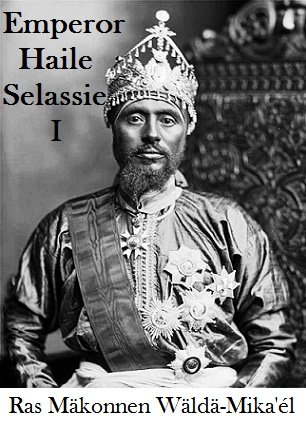
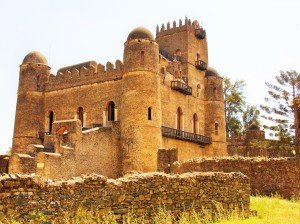
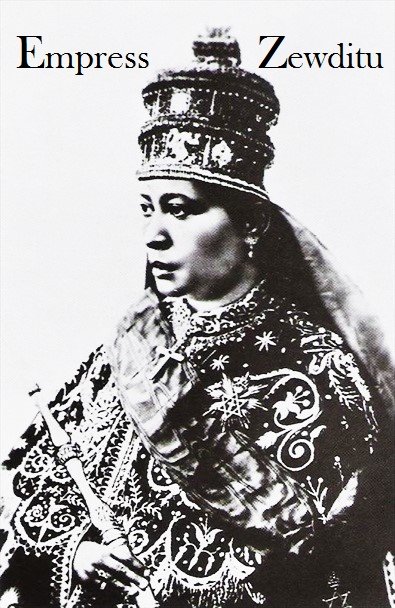
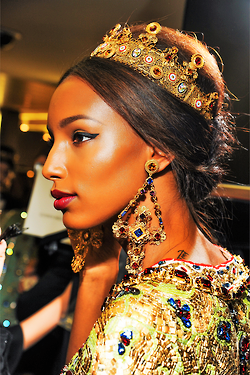
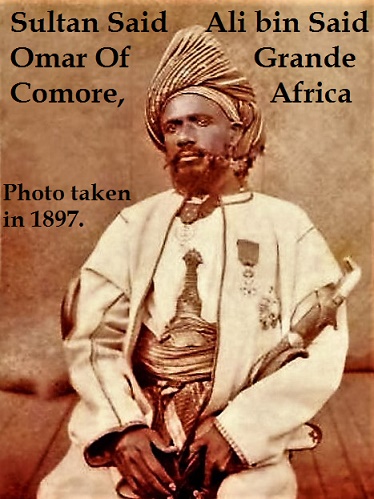
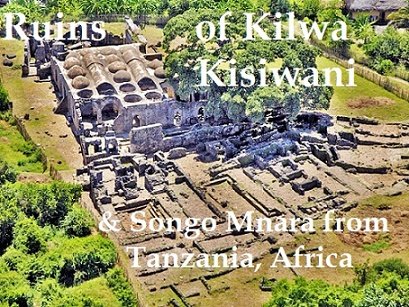
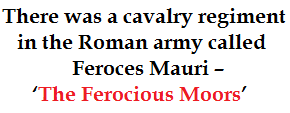
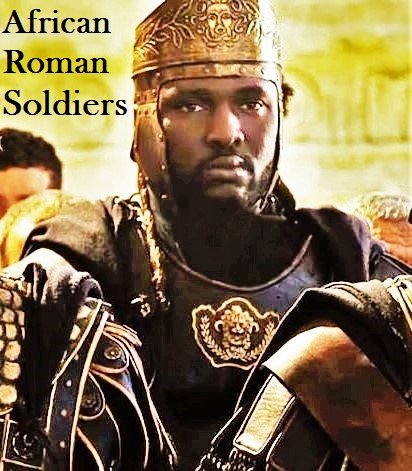


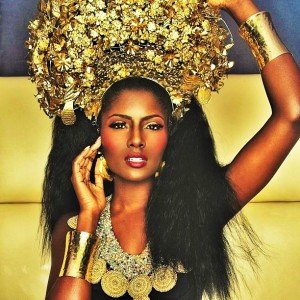
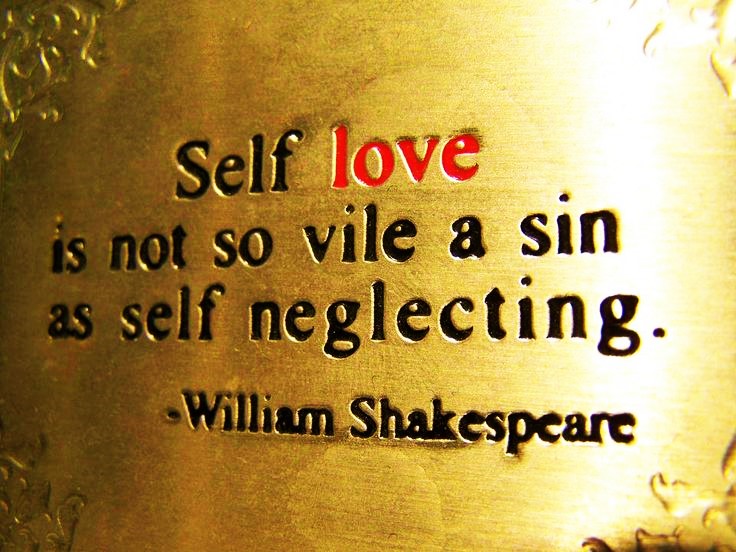
 Take care of your body, it's the only
Take care of your body, it's the only


